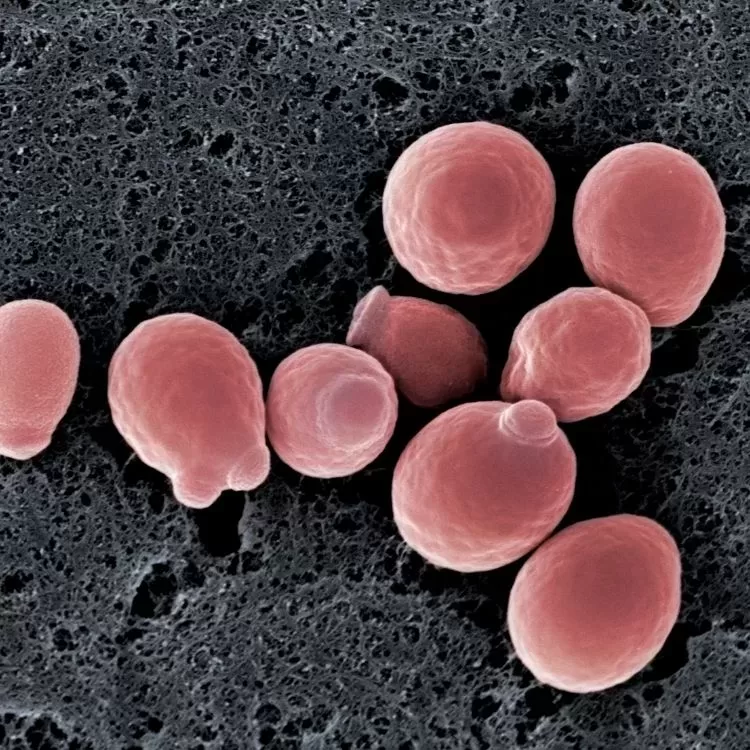Let’s Start with Antibiotics
When your doctor prescribes an antibiotic to address an infection, not only does the antibiotic kill the bacteria responsible for your illness, it also destroys some of the beneficial bacteria in your gut that are essential for a healthy digestive tract.
This creates the “opening” of an ecological niche within which another species, like Candida, can take hold. Antibiotics can cause a big disturbance to the GI system.
(That’s why when on an antibiotic, many doctors also suggest taking a probiotic dietary supplement or eating yogurt or kefir with live cultures, or fermented foods like sauerkraut or kimchi.)
Our bodies are also exposed to antibiotics through the food supply. Many farmers regularly use antibiotics in raising of animals. Antibiotics help the animals gain weight and may minimize spread of diseases, especially with animals raised in close quarters. Antibiotic residues can be found in the meat and milk from these animals, as well as in our soil and water supplies.

